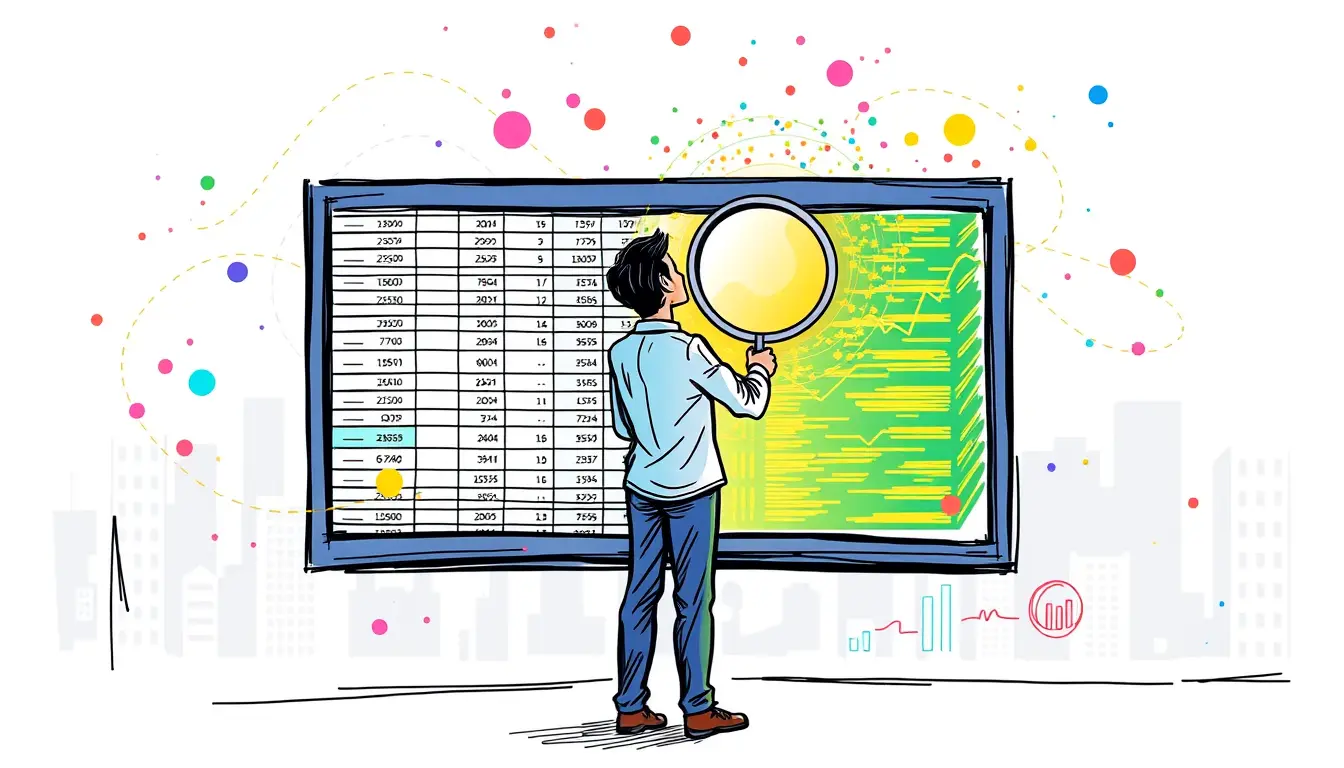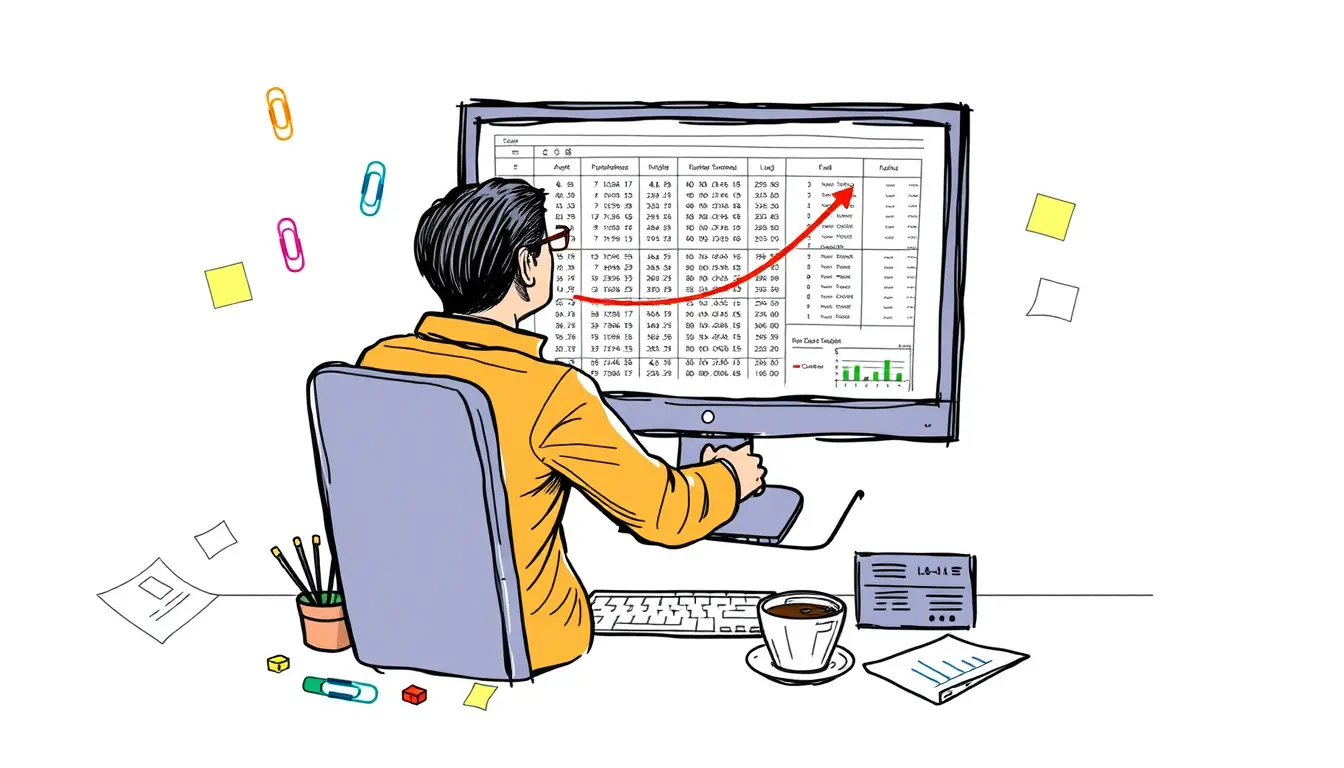Data storytelling is the process of communicating insights and findings from data analysis using a narrative structure. It involves using data visualization, anecdotes, and emotional connections to convey complex information in a way that resonates with the audience.
The Importance of Data Storytelling
In today’s data-driven world, businesses and organizations are generating massive amounts of data every day. However, having access to data is only half the battle. The real challenge lies in making sense of the data and communicating the insights effectively to stakeholders. This is where data storytelling comes in. By using storytelling techniques, data analysts and scientists can create a compelling narrative that captures the audience’s attention and conveys the key findings in a clear and concise manner.
Data storytelling is essential in various industries, including business, healthcare, and education. In business, data storytelling can be used to identify trends, opportunities, and challenges, and to inform strategic decisions. In healthcare, data storytelling can help doctors and researchers communicate complex medical information to patients and stakeholders. In education, data storytelling can be used to create interactive and engaging learning experiences.
[inline_related_posts title=”You Might Be Interested In” title_align=”left” style=”list” number=”6″ align=”none” ids=”” by=”categories” orderby=”rand” order=”DESC” hide_thumb=”no” thumb_right=”no” views=”no” date=”yes” grid_columns=”2″ post_type=”” tax=””]
The Benefits of Data Storytelling
There are several benefits to using data storytelling:
- Improved communication: Data storytelling helps to simplify complex data insights, making it easier for non-technical stakeholders to understand and engage with the information.
- Increased engagement: By using a narrative structure, data storytelling can capture the audience’s attention and encourage them to explore the data in more detail.
- Better decision-making: Data storytelling provides a clear and concise summary of the key findings, enabling stakeholders to make informed decisions.
- Enhanced collaboration: Data storytelling can facilitate collaboration among team members and stakeholders, ensuring that everyone is on the same page.
The Process of Data Storytelling
Data storytelling involves several key steps:
Step 1: Define the Problem or Opportunity
The first step in data storytelling is to define the problem or opportunity that you want to address. This involves identifying the key question or issue that you want to explore, and determining the data that you need to collect and analyze.
Step 2: Collect and Analyze the Data
The next step is to collect and analyze the data. This involves using statistical techniques and data visualization tools to identify patterns, trends, and correlations in the data.
Step 3: Develop the Narrative
Once you have analyzed the data, you need to develop a narrative that communicates the key findings and insights. This involves using storytelling techniques, such as setting the scene, establishing a protagonist, and creating a plot.
Step 4: Create the Visualizations
Data visualizations are a critical component of data storytelling. They help to convey complex information in a clear and concise manner, and can be used to support the narrative.
Step 5: Refine and Iterate
The final step is to refine and iterate the data story. This involves testing the narrative and visualizations with a small audience, and making revisions based on feedback.
Best Practices for Data Storytelling
Here are some best practices for data storytelling:
- Keep it simple: Avoid using technical jargon or complex statistical concepts that may confuse the audience.
- Use visualizations: Data visualizations are essential for conveying complex information in a clear and concise manner.
- Create a narrative: Use storytelling techniques to create a compelling narrative that captures the audience’s attention.
- Focus on the insights: Rather than presenting a lot of data, focus on the key insights and findings.
- Use interactive tools: Interactive tools, such as dashboards and interactive visualizations, can help to engage the audience and encourage exploration.
Tools and Technologies for Data Storytelling
There are several tools and technologies that can be used for data storytelling, including:
- Data visualization tools: Tools such as Tableau, Power BI, and D3.js can be used to create interactive and dynamic visualizations.
- Storytelling platforms: Platforms such as Esri Story Maps and Adobe Spark can be used to create interactive and immersive storytelling experiences.
- Programming languages: Programming languages such as R and Python can be used to analyze and visualize data.
Examples of Data Storytelling
Here are some examples of data storytelling in action:
- The New York Times: The New York Times uses data storytelling to create interactive and immersive articles on topics such as politics, sports, and culture.
- NPR: NPR uses data storytelling to create interactive and engaging articles on topics such as healthcare, education, and the economy.
- Google: Google uses data storytelling to create interactive and immersive experiences, such as Google Earth and Google Trends.
FAQ
What is data storytelling?
Data storytelling is the process of communicating insights and findings from data analysis using a narrative structure.
Why is data storytelling important?
Data storytelling is essential in various industries, including business, healthcare, and education, as it helps to simplify complex data insights, increase engagement, and inform strategic decisions.
What are the benefits of data storytelling?
The benefits of data storytelling include improved communication, increased engagement, better decision-making, and enhanced collaboration.
What are the steps involved in data storytelling?
The steps involved in data storytelling include defining the problem or opportunity, collecting and analyzing the data, developing the narrative, creating the visualizations, and refining and iterating the data story.
What are some best practices for data storytelling?
Some best practices for data storytelling include keeping it simple, using visualizations, creating a narrative, focusing on the insights, and using interactive tools.
What tools and technologies can be used for data storytelling?
Some tools and technologies that can be used for data storytelling include data visualization tools, storytelling platforms, and programming languages.
Can you provide some examples of data storytelling?
Yes, some examples of data storytelling include The New York Times, NPR, and Google.
Conclusion
Data storytelling is a powerful tool for communicating insights and findings from data analysis. By using storytelling techniques and data visualization, data analysts and scientists can create a compelling narrative that captures the audience’s attention and conveys the key findings in a clear and concise manner. Whether you’re working in business, healthcare, or education, data storytelling can help you to make sense of complex data and inform strategic decisions.














Leave a Reply